Motorcarspecs.com delivers automobile industry news, and its unique content can entice viewers from all over the world. Every day, the Motorcarspecs.com team assists thousands of consumers in conducting vehicle research and comparing pricing on a wide range of automotive products and services. We’ve been pioneering innovative ways for prospective buyers to engage with automobiles and obtain timely and accurate information since January 2020. We created this platform for you, the viewers, to provide an honest evaluation on a relevant automobile, which we will completely review and post on our site.
Although full-size (and some midrange) trucks are commonplace in this country, it’s important to remember that mini trucks are frequently just as popular as the big guys.
Top 5 Mini Trucks
- 2002 Chevy S-10
- 2004 Toyota Tacoma
- 2003 Ford Ranger
- 1999 Mazda B-Series
- 1999 Nissan Frontier
2002 Chevy S-10

The Chevrolet S-Series, like most modern compact trucks, offers the utility of a pickup with a more manageable size, making it a viable substitute for small cars. The S-10 comes in three body types, two trim levels, two different engine options, and two different transmission options. For S-10s with two-wheel drive, there are two body types: normal and extended cab.
A four-speed automatic transmission is furthermore offered in addition to the 2.2-liter four-cylinder engine’s conventional five-speed manual transmission and 120 horsepower and 140 pound-feet of torque. You can choose between an extended or crew cab body type if a four-wheel drive S-10 is what you want. All these variants come standard with the 4.3-liter Vortec V6 with 180 horsepower and 245 lb-ft of torque (250 on 4WD). A four-speed automatic transmission is standard on crew cabs, but extended cabs can choose between the two. An automatic transmission with five speeds is standard on extended cabs. Both 2WD S-10s have the 4.3-liter Vortec V6 engine as an option.
The S-10 comes in two trim levels: base and LS. Power steering, two airbags, an AM/FM stereo, and four-wheel antilock brakes are all included as standard equipment in the base model. By upgrading to the LS trim level, you may add features like full carpeting, two power outlets, luxurious fabric upholstery, a better audio system, and other add-ons that are not available on base models.
Look into the ZR2 or Xtreme option packages if you want an S-10 with a little bit more attitude. With a wide stance suspension, a 3-inch higher ride height, Bilstein gas pressurized shocks, and 31-inch off-road tires, the ZR2 transforms an extended cab 4×4 into a real off-road vehicle. The Xtreme package, which is offered on 2WD S-10s with normal and extended cabs, is at the other extreme of the scale. For the ultimate street machine style, this modification lowers the truck by 2 inches, adds ground effects, a fast ratio steering box, Bilstein shocks, and optional full-length stripes.
All S-10s are equipped with a full set of legible gauges, but the upright dashboard is made of what seems to be flimsy and lightweight plastic. Although the windshield is low, the large side mirrors help to increase visibility. A third door is now a typical feature for extended-cab vehicles, making it simpler to access the back seats. Although there is space for them, the two jump seats in the back will only be convenient for brief excursions.
When price is taken into account, the S-10, like many Chevrolets, represents a fantastic deal. With so many choices, you’re likely to discover a truck that meets your needs and preferences. Although we don’t particularly like the S-10’s interior, it does have a powerful outward presence in ZR2 or Xtreme form that will attract attention. This is especially true when compared to the Ford Ranger, the S-10’s primary rival.
2004 Toyota Tacoma

Tacoma. However, one of our pals said, “Obviously, nobody from Toyota has actually gone to Tacoma,” and chuckled. The moniker, according to Toyota, is meant to evoke ideas of the great outdoors as well as power and adventure.
Since 1964, Toyota has produced pickup trucks for the American market (remember the Stout?). In 1995, Toyota introduced the Tacoma brand and its sixth-generation vehicle. The Tacoma line is well-known because it was created in America. Toyota has gradually increased the number of Tacoma models available since 1995. There are currently 17 different models, so there’s a good chance you’ll find a truck that meets your requirements.
Customers are expected to be drawn in by the Tacoma’s appealing look, assertive attitude, and reputation for quality and longevity. Even though the car has received excellent ratings, we frequently argue over what it stands for and what it signifies. The majority of these Toyota pickup vehicles are very expensive. That must be the cost associated with receiving the security that a Toyota offers.
A Tacoma has one of three distinct engines under the hood. A 2.4-liter, four-cylinder basic engine with 142 horsepower and 160 pound-feet of torque is standard on Tacomas with two-wheel drive. The 2.7-liter four-cylinder engine now produces 150 horsepower and 177 lb-ft of torque in Tacoma 4WDs and 2WD PreRunners. A 3.4-liter V6 engine with 190 horsepower and 220 lb-ft of torque is standard on Double Cab models. These engines can also be found in Xtracab versions. There are two gearbox options: a five-speed manual or a four-speed automatic. Four-cylinder vehicles have a towing capacity of 3,500 pounds, whereas V6-powered vehicles have a towing capacity of 5,000 pounds.
2003 Ford Ranger

After years of serving as a trim name for the F-Series pickup, Ford replaced the Mazda-supplied Courier truck with an internal design in 1983, establishing Ranger as a separate model. Small pickup truck sales were quickly topped by the Ranger, which has controlled the market for the past 15 years. Although the Ranger underwent significant changes for 1989, 1993, and 1998, the present version still rides on the same basic chassis and has the same fundamental structure as that of the 1983 prototype, keeping it competitive. Rangers, who span a wide range of demographics, are buyers who use them for work, recreation, or both.
There are three engines available. A 2.3-liter inline four-cylinder engine with 135 horsepower and 153 pound-feet of torque is standard on the XL and XLT 2WD conventional cabs. The 3.0-liter V6 engine found in the Edge and Tremor, normal cab 4WD versions, SuperCab 2WD models, and regular cab 4WD variations all generate 154 horsepower and 180 pound-feet of torque.
A 4.0-liter overhead cam V6 with 207 horsepower and 238 pound-feet of torque is the highest engine on the list. A 4.0-liter Ranger can tow up to 5,750 pounds when properly outfitted. If you choose the traditional cab cabs, the XL trim is the only crew cab vehicle available save the Tremor. There are two gearbox options available for four-cylinder and 3.0-liter V6 engines: a five-speed manual or a five-speed automatic. Read more specifications of 2003 Ford Ranger.
1999 Mazda B-Series
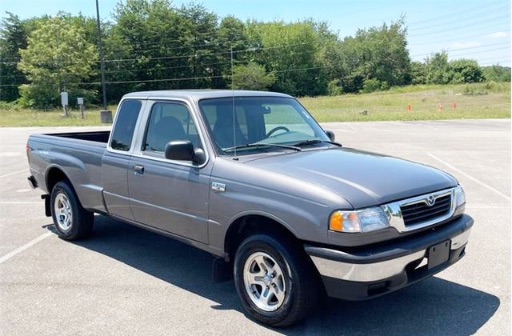
The Mazda B-Series Pickup, a mechanical copy of the Ford Ranger, is available in a variety of configurations to meet the growing needs of truck purchasers. The 1998 styling upgrade helped the B-Series (together with its Ford twin) establish itself as one of the most desirable cars on the market today. We are particularly intrigued by the flareside bed with Cab Plus 4 seats. To boost the vehicle’s ability to haul items, the back doors are simple to open and close, and the rear seats fold up and out of the way with ease. In the age of multipurpose vehicles, it is puzzling why someone would want to purchase a truck with only two doors.
Along with comfort and style, the rack-and-pinion steering and short-long arm independent front suspension of the B-Series Pickup give it excellent on-road characteristics. With the help of pulse vacuum hub-lock technology, the cutting-edge shift-on-the-fly four-wheel drive system enables the driver to engage four-wheel drive at up to 70 mph. When entering or leaving 4-Lo, there is no need to turn around or halt. The intricacy and financial savings of this system increase fuel efficiency while requiring less maintenance.
The B-Series Pickup, which is available in SX, SE, or Troy Lee trim, may be powered by an engine ranging from a 2.5-liter inline four to a 4.0-liter V6. The bigger V6 engine is offered with either a five-speed automatic or five-speed manual transmission. If you choose one of the option groups, your already attractive car will be transformed into a true boulevard cruiser with goodies like 16-inch aluminum wheels, color-keyed bumpers, and fog lamps.
The Troy Lee versions come in normal Cab or Cab Plus 4 configurations with a 4×2 or 4×4 drivetrain and distinctive interior and external features. Fender flares, 15-inch alloy wheels, a two-tone interior with elements that mimic carbon fiber, and reflective exterior accents are all included as standard equipment on Troy Lee automobiles.
The most recent B-Series from Mazda has done well for truck customers thanks to a robust design, impressive appearance, and an exceptional guarantee. Take a close look at these cars if you want a fun and useful pickup.
1999 Nissan Frontier

Nissan has sold automobiles in this nation for 40 years. In 1998, they made the decision to revamp the car and gave it the original name, Frontier. Nissan has increased its selection of King Cabs by including the 3.3-liter V6 engine from the Pathfinder, capitalizing on the success of the Frontier and fixing the truck’s significant problem from the previous year. The new engine generates 200 foot-pounds of torque at 2,800 rpm and 170 horsepower at 4,800 rpm. If the optional automatic transmission is used, 5,000 pounds of cargo can be pulled behind the car. The flat, wide torque curve provides additional power for towing and off-roading.
Frontier offers a range of vehicles, from the entry-level XE Regular Cab with two-wheel drive to the top-of-the-line King Cab SE V6 with four-wheel drive. For 1999, there are seven different Frontier models available. Regular or king cabs, as well as five-speed manual or four-speed automatic gearboxes, are available for the XE or SE trim levels. The 2.4-liter, 16-valve, four-cylinder DOHC engine in these trucks generates a respectable but underwhelming 143 horsepower; the new V6 engine is not offered on the Regular Cab variants.
On 4WD V6 versions, customers had the option of a limited-slip rear differential. Automatic locking hubs, which enable the driver to engage four-wheel drive at up to 50 mph, are included as standard equipment. A revised center console is standard on the SE King Cab but optional on the XE King Cab, while bucket seats are an option on Regular Cab variants. All SE V6 Frontiers come with a new body-colored trim package as standard equipment. The Frontier 2WD variants are unchanged for this year.
For ease, the Frontier’s dashboard controls are placed in front of the driver. Cup holders, reclining seatbelts, coin holders, and LCD odometer displays are examples of standard equipment. The Frontier’s roomy cabin, which is still a prominent feature for 1999, makes long travels more tolerable.
The truck’s bed is still the biggest in its class. The Frontier’s 17.1-inch-deep pickup box is the ideal option for securing and separating freight because it can be divided both vertically and horizontally.
When the V6 is purchased, the 1999 Frontier offers enough power, comfort, and convenience. Look at this one if you’re looking for a tiny vehicle.
Are you interesting Best Heavy-duty trucks?

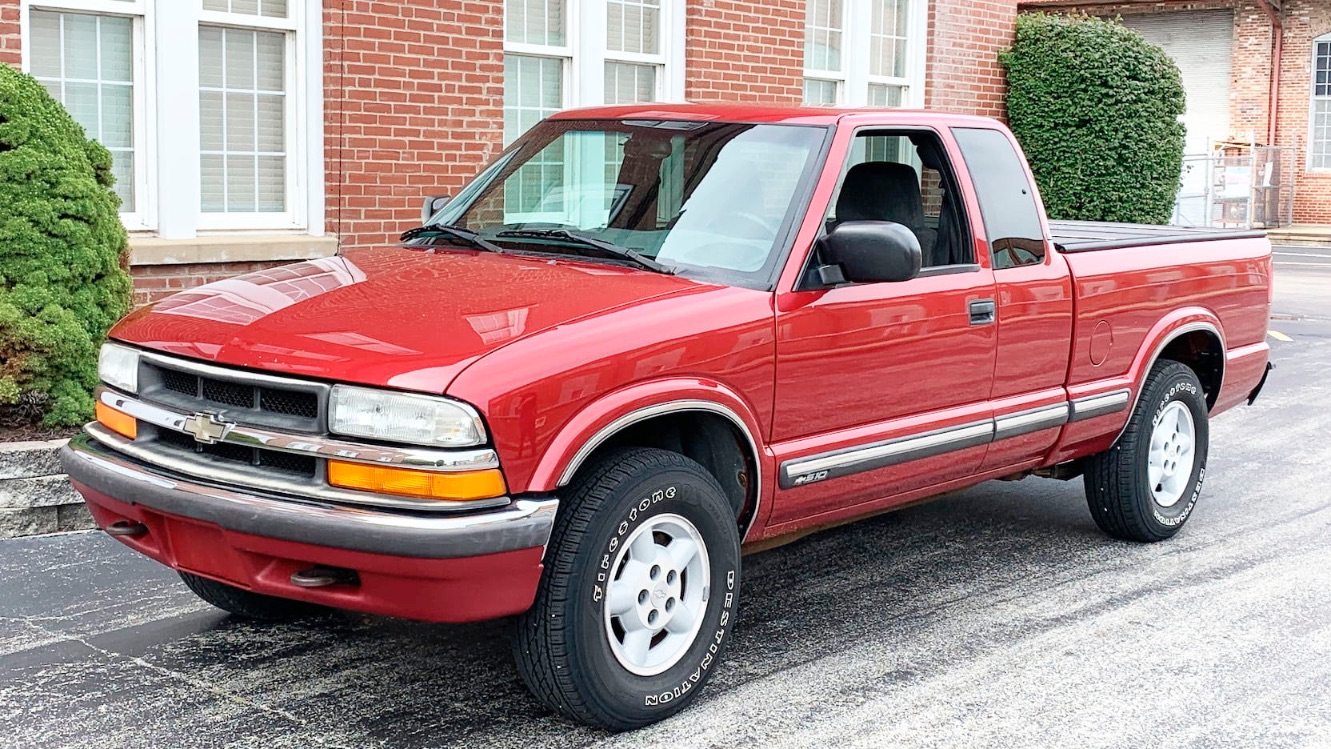
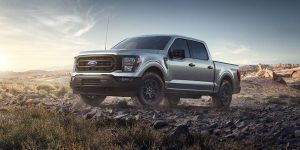
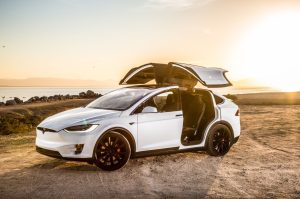
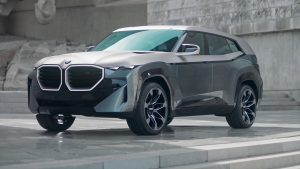
[…] quickly your car’s tires wear out if you don’t have the right tires because SUVs and trucks exert more pressure on tires than cars […]